Heroic Doctor From ‘The Rescue’ Recounts Dramatic Mission To Save Kids Trapped In Thai Cave: “I Was Certain It Wouldn’t Work”

Help wanted: seeking anesthesiologist with world-class cave diving skills and experience in underwater rescues. Volunteer position.
If a job listing like that went out, it’s hard to imagine anyone with the necessary background to apply. Fortunately, one person ticks off all those boxes and more – his name, Dr. Richard “Harry” Harris. The mild-mannered Australian physician stepped up when all those abilities were called for – urgently – after 12 young members of a Thai soccer team and their coach became stranded in a flooded cave in the summer of 2018.
More from Deadline
Dr. Harris – Harry, as he prefers to be called – flew to Northern Thailand to join an ad hoc team of British amateur cave divers, Thai government officials, Thai Navy SEALs, and American military personnel hastily assembled for a mission with very poor odds of success. The heroic endeavor is told in The Rescue, the National Geographic documentary directed by Elizabeth Chai Vasarhelyi and Jimmy Chin that is a favorite to earn an Oscar nomination.
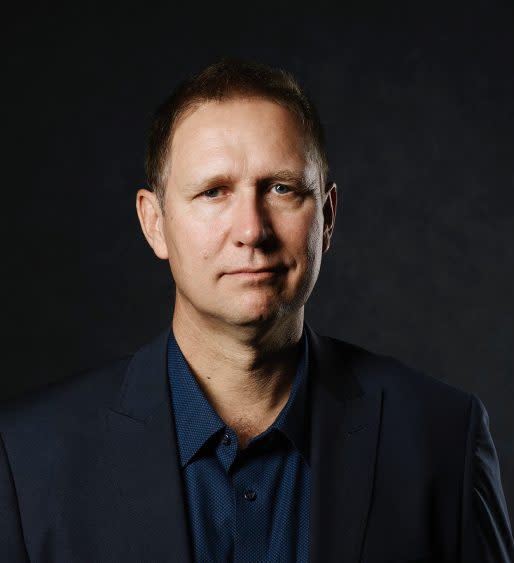
Courtesy of Kristoffer Paulsen
“We’d been gently pushing to get involved since I first heard about the rescue,” Harris recalls, “which was probably on the Sunday or Monday after the boys went missing.”
The extreme challenge involved had become evident even before Dr. Harris arrived on site. A group of Thai pump workers who had unexpectedly become trapped in the Tham Luang cave nearly drowned as they were being transported to safety. Those men had been underwater only 45 seconds. The stranded boys and their coach, marooned deep within the cave system, faced an underwater journey of three hours.
Before arriving in Thailand, Dr. Harris and fellow Australian cave diver Craig Challen had been monitoring developments on the news. But watching coverage was one thing; encountering the media onslaught in person was another.
“The scene that greeted us when we [arrived] — I remember opening the sliding door to the van and just seeing the sea of cameras,” Harris recalls. “For a little boy from Adelaide, that was far more frightening than the cave itself.”
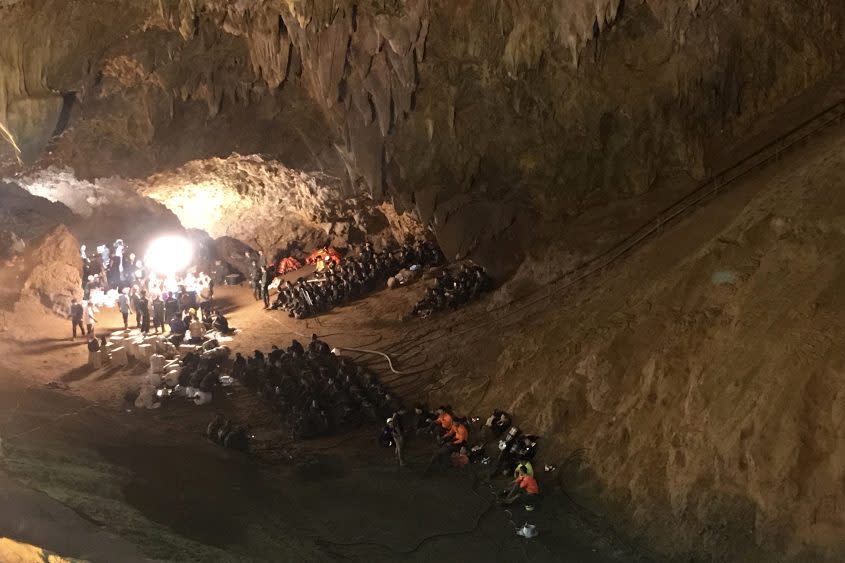
AP Photo/Tassanee Vejpongsa
Harris and Challen integrated with the British team that included Rick Stanton and John Volanthen. What awaited them below was murky water roiled by monsoon rains.
“It was a fast-flowing river, frothy and bubbling and a lot of noise,” Harris says. “The sound of the water was significant. And remember that by the time we got there, it was far less dramatic than what Rick and John had faced with those early dives. They physically got spat out of the place.”
It was Stanton who had come up with a proposal to anesthetize the kids before attempting to pull them through the cave system, having witnessed the near disaster with the panicked pump workers.
“This was his idea about the sedation, which I thought was a terrible one,” Harris admits. “I think why I was so pessimistic about the outcome is because I felt that, of all the people there, I was the one in the best position to actually make an informed opinion about what this was likely to do. In terms of my job experience, my cave rescue training and the anesthesia itself… I was certain it wouldn’t work.”
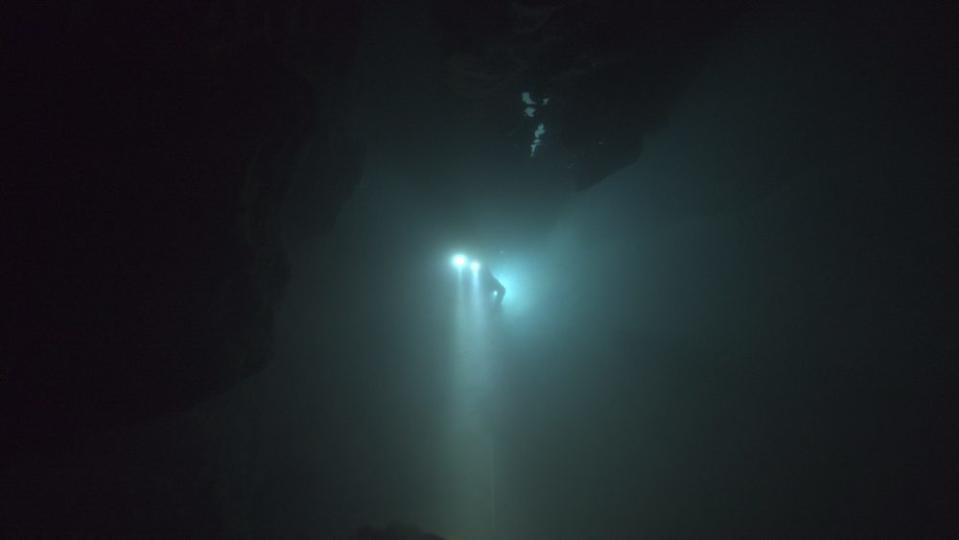
National Geographic
Yet a consensus emerged that administering anesthesia was the best bad option available. The team felt absolutely convinced that without taking that drastic step, the kids and coach Chanthawong would perish. But Dr. Harris bore in mind everything that could go wrong.
“I had three main risks in my mind — there were probably about a hundred I could think of, but the first one I was very worried about was that the masks would just fill up with water and they would drown inside the masks,” Harris explains. “The second thing I was concerned about was that anyone who’s unconscious, even if just your head falls forward, you can obstruct your own airway… And I thought, if those two things don’t kill the kids, then they’ll probably die of hypothermia.”
Nonetheless, he prepared anesthetic kits containing Xanax in pill form, and syringes of atropine and ketamine, then he swam the long route underwater to reach the kids.
“I’d been building up to that very moment for some time, and I can actually remember as I was surfacing in chamber 9 and seeing the shimmering surface of the water, I suddenly had this moment when I thought, ‘Bloody hell, this is real now, I’m about to meet these boys after all this time and effort,’” Harris says. “But actually, once I met them, they were incredibly reassuring to me. They were so upbeat and they looked so relatively well compared to what I was expecting or had prepared myself for.”
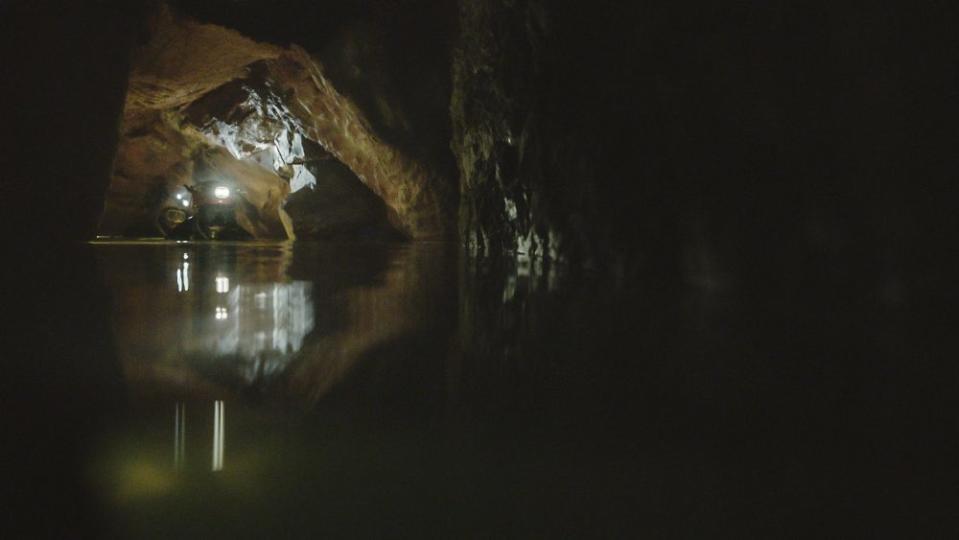
National Geographic
Dr. Harris showed the other rescuers how to administer the drugs, and then the rescue proper began, with divers one by one ferrying their precious cargo beneath the water’s surface. En route, one of the kids nearly died.
“That boy came pretty close,” Harris comments. “Rick and Craig had just dragged him halfway out of the water so they could look at him. They realized that there was a problem with him. I arrived shortly after they had done that, and I was just about to give him mouth to mouth resuscitation when he started breathing — I pulled on his jaw and that sort of stimulus was enough to wake him up a bit and get him breathing again.”
Harris adds of the boy, “He looked pretty crook.” For the unfamiliar, that’s an Aussie expression. Translation: “’Pretty crook’ is about as bad as you can be.”
The Rescue is streaming on Disney+, offers viewing an experience of the incredible undertaking and its remarkable result. For their heroism, Harris and Challen were named Australians of the Year in 2019, one of the nation’s highest honors. The film has led to greater recognition for all those who risked their lives to extract the boys and their coach from the cave.
“I’ve had a huge outpouring of messages on social media from people I’ve never met before, just saying ‘I had no idea what was involved,’” Harris says. “And just offering congratulations and compliments. It’s been really nice.”
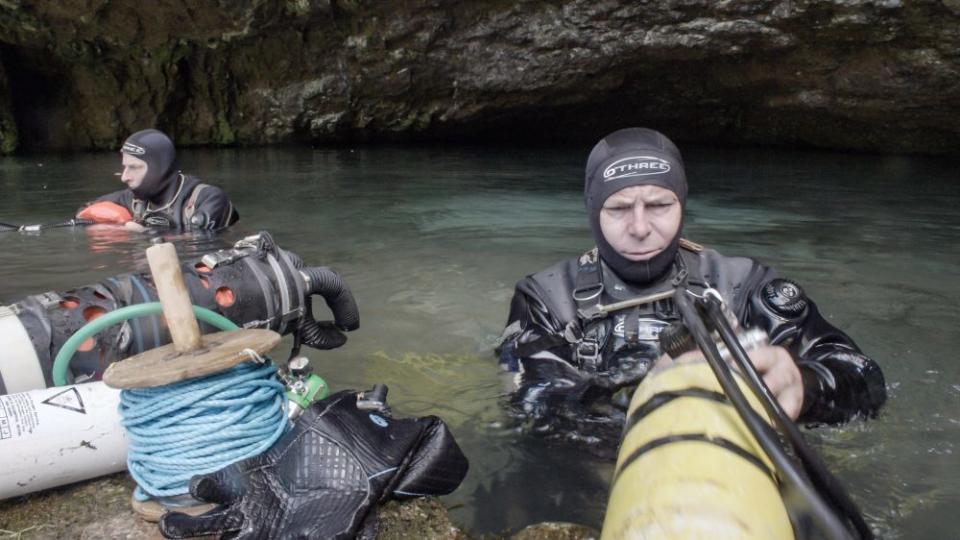
National Geographic
In the documentary, some of the divers describe how the rescue experience changed them as people. Dr. Harris, in typical modesty, doesn’t go that far.
“I’m very thankful that it all worked okay,” he tells Deadline. “As a person, I don’t [see] any big change because it was the person I was when I went to Thailand that I was prepared to do something like this. And that’s the way I’ve practiced medicine. I’ve worked in strange environments before, and it’s always been part of what I do and who I am, I think.”
There is one difference in Dr. Harris. There’s less of him now – he slimmed down after the events depicted in the film.
“I’ve lost 20 kilograms (44 lbs.) since the rescue, so I’m in much better shape.” He jokes, “I’m ready for a rescue now. I wasn’t then.”
Best of Deadline
Cancellations/Renewals Scorecard: TV Shows Ended Or Continuing In 2021-22 Season
What's New On HBO Max For January 2022: Day-By-Day Listings For TV Shows & Movies
New On Prime Video For January 2022: Daily Listings For Streaming TV, Movies & More
Sign up for Deadline's Newsletter. For the latest news, follow us on Facebook, Twitter, and Instagram.

 Yahoo Sport
Yahoo Sport 





































